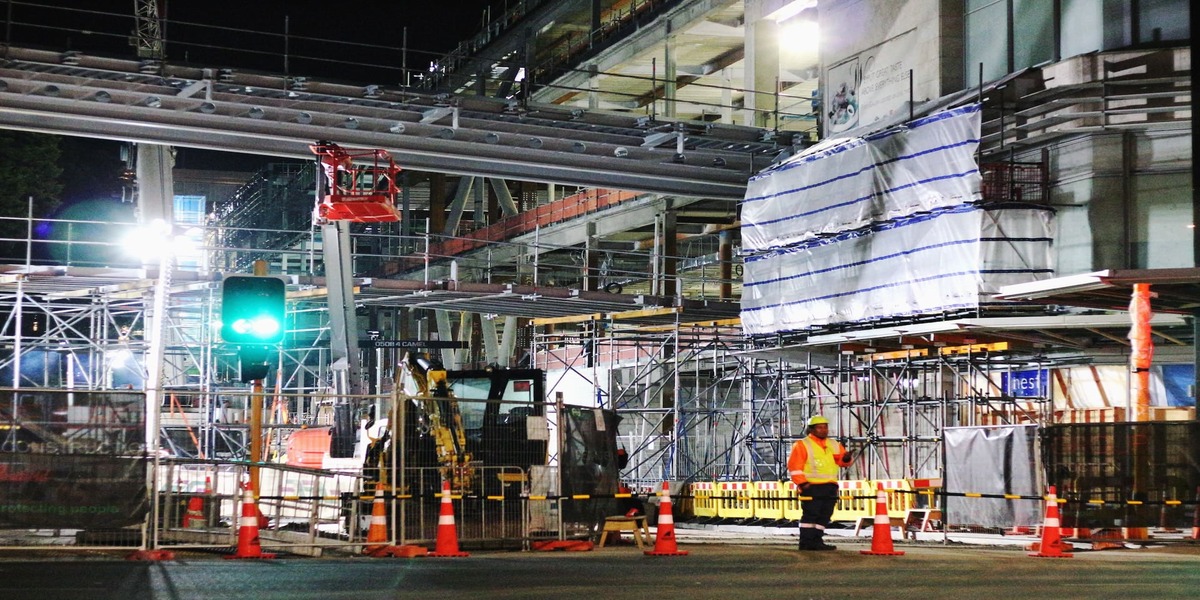Construction in the Gulf is valued at 2.4 trillion dollars. It has been hit by increased demand for building materials worldwide as construction fever spreads to countries such as China.
The Gulf region has experienced its building frenzy over the past few years on the back of record-high crude oil prices, which are pumping huge liquidity into the economies of GCC.
But this building boom in the GCC member states – Bahrain, Kuwait, Oman, Qatar, Saudi, and UAE – has put extra pressure on the supply and cost of construction materials and labor force.
There is a chronic shortage of resources. Clients are facing a shortage of contracting capacity, while contractors have difficulty sourcing labor and materials. Among the critical factors was, knowing the limit in terms of the availability of materials and labor force.
Mitigation
Product
- Deleting products from the existing portfolio (low or non-performing)
- Categorizing products as per brand equity and positioning in the market
- Addition of products bringing volume/profit and uniqueness
- Economical and durable products
- Characteristic differentiation among products (no cannibalism)
- Market-specific product segmentation, e.g., industrial, premium projects, economical
- Focus on after-sales service
Sales
- Two modes of operations: Franchisee or Distributorship
- Brand-wise sales budget inclined on market share rather than incremental
- Focus on new unexplored markets
- Detail budget: market-wise/industry-wise
- Techno-commercial personnel focusing on projects and institutional sales
- Architects/consultants/specifiers visits
- Monthly MIS review meetings
- Debtor's aging control
Marketing
- Experience centres at strategic points rather than showrooms
- Focus on BTL activities
- Architects/consultants/contractors meets
- Programs for product-specific installators/plumbers/fabricators/painters
- Loyalty programs for contractors (point based)
- Social media promotion (SEO), especially for area expansion
- Separate website for building material division
- CRM to establish integration with customers, data analysis to study info
- Programme for retail customers Referrals
- Professional pricing strategy
Systems And Controls
- System-oriented than people-oriented
- Credit and inventory control system
- Sufficient working capital and optimization of the same
- Monthly finance reviews to analyse ROI, ROS, ROW
- Efficient full-fledged purchase department
- Effective after-sales support and complaint mitigation
This article was contributed by our expert Santosh Balakrishnan
Frequently Asked Questions Answered by Santosh Balakrishnan
Q1. What is the most important challenge the construction industry faces right now?
The main challenges are - procuring skilled labor and the right mix of building materials at the right time. These countries, mainly trading entities, depend on other manufacturing /supplying countries to fulfill their requirements, especially China.
Q2. How much of the UAE GDP is construction?
The UAE's construction industry contributes around 14-16% to the GDP, which is expected to grow at 5% CAGR. 60% of the construction happens in the energy and utility industry (oil and gas being the main contributor), which is the scenario in the entire Gulf.
Focus on infrastructure development in countries like Oman, Saudi, etc., with massive empty lands.
Q3. What are current trends in construction?
Trends
- Sustainable architecture will be the future of all constructions, especially residential and commercial, involving nature as the key element in furnishing the construction
- PEB structures/dwellings are going to be the cost-effective as well as durable constructions warranted as need of the hour
- Surprisingly, premium and luxurious interiors with a demand for eloquent furnishing materials and sanitary will rise
- Vertical gardens and the preservation of natural resources like water and clean air will immensely influence the design of constructions.
Q4. How has the COVID-19 pandemic affected the construction industry?
Covid has adversely affected the sector in all areas, and the pent-up demand in countries like China has reduced the imports, apart from the restrictions on employing labor, since indigenous labor resources in these countries are negligible.
Post covid, the market is conducive enough for growth provided finding the right mix of availability of all the resources and cost-effective execution of a project. Utilizing the available resources and optimization will be the key.
Create an account to read the full article
Create Account
Already have an account? Sign in

